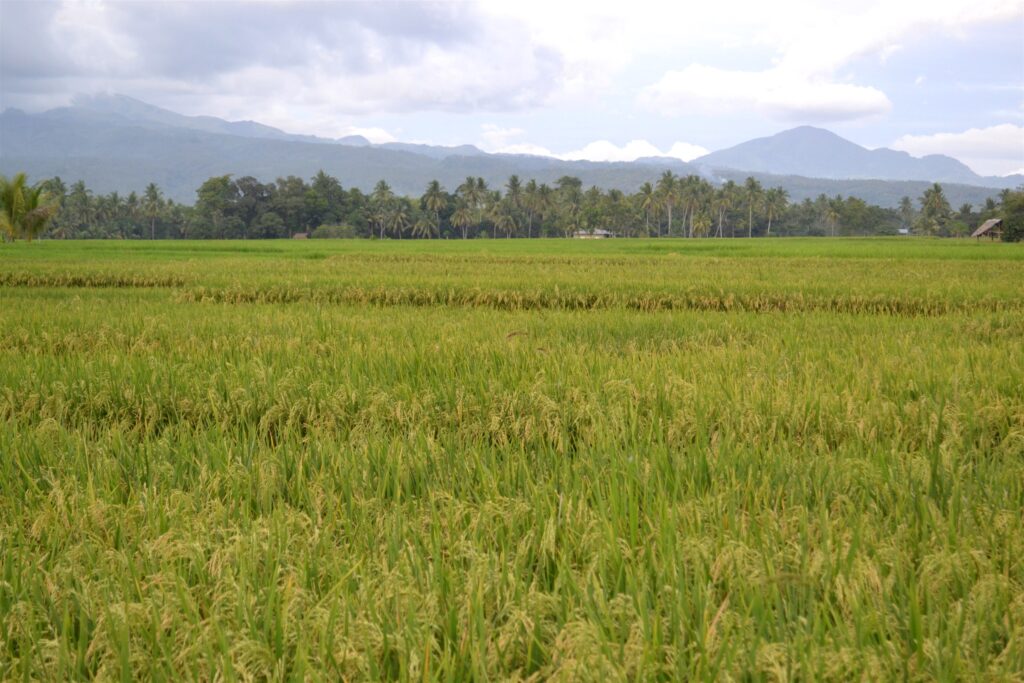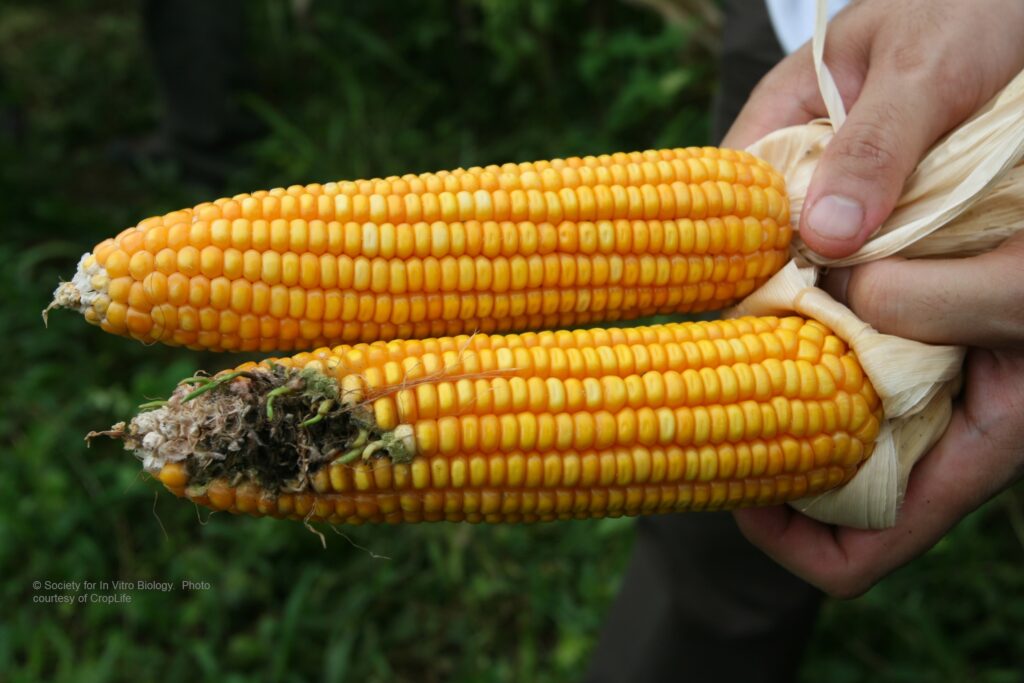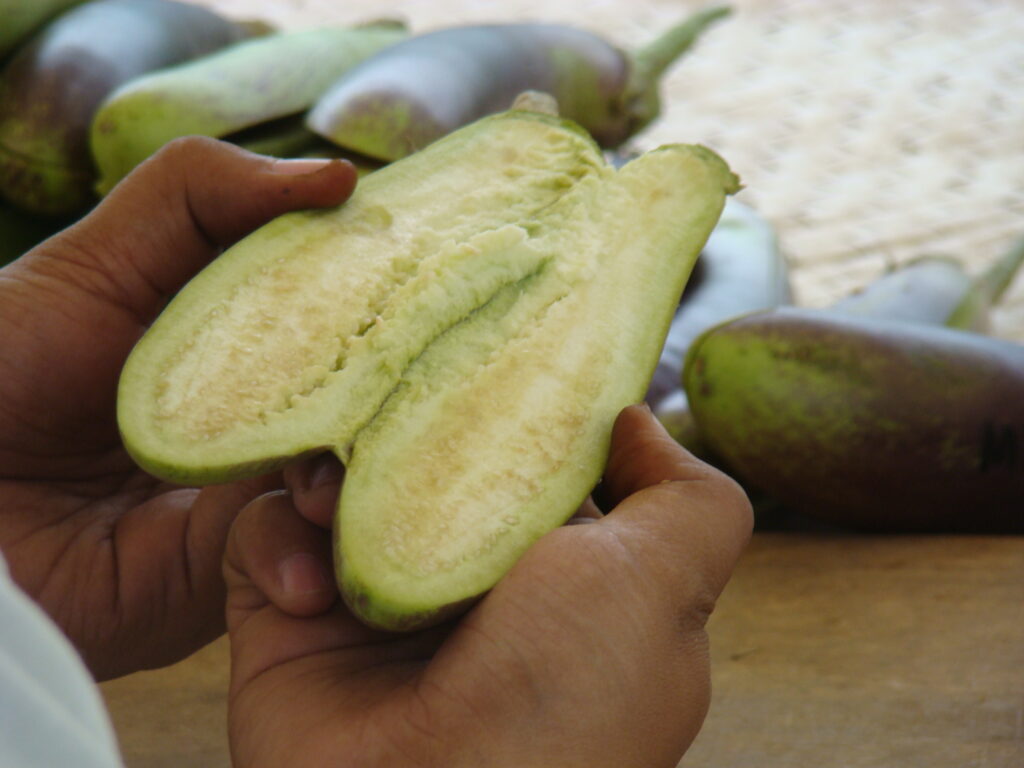By Henrylito D. Tacio
In 1974, Jane E. Brody wrote in The New York Times: “Each year, an estimated half of the world’s critically short food supply is consumed or destroyed by insects, molds, rodents, birds, and other pests that attack foodstuffs in fields, during shipment and in storage.”
Nothing much has changed since then. The Food and Agriculture Organization (FAO) estimates that up to 35% of the losses in annual crop production worldwide are due to pests. Of the presumed one million insects in the world, some 150 to 200 species frequently cause serious damage to crops.
When losses due to pests are combined with postharvest losses, worldwide food losses would amount to 45%. “This is almost one-half of the world’s potential food supply,” the Rome-based United Nations agency deplores.
Generally, farmers use pesticides to control crop pests. Pesticides come in two forms: synthetic or botanical. The synthetic organic compounds, like Malathion and Paraquat, constitute the majority among the pesticides. They are synthesized from oil.
Botanical or “natural” pesticides are extracted from vegetative parts. Well-known examples are pyrethrum from the pyrethrum flowers, rotenone from derris roots, nicotine from tobacco leaves, and azidiracthine from the neem tree.
“The first records of pesticide come from the ancient Greeks,” reports the Washington, D.C.-based Worldwatch Institute. “Pliny the Elder compiled a list of common compounds like arsenic, sulphur, caustic soda, and olive oil used to protect crops. The Chinese later recorded using similar substances to combat insects and fungi.”
In the 19th century, European farmers started using heavy metal salts like copper sulphate and iron sulphate to fight weeds. “With the invention of DDT in 1939, the war against pests escalated sharply,” wrote Worldwatch’s Peter Weber.
Under stream of new insecticides, herbicides, and fungicides, scientists reported unprecedented crop yields. Farmers began using pesticides intensively in industrial countries and, when money allowed, everywhere else. The notion that pesticides are essential to modern, high-production agriculture was born.
But pests, among the toughest animal species, can’t be obliterated. In an article, Rodolfo P. Estigoy observed: “Over the years, a costly war has gone on between insects and man… Even if we pour billions of pesos worth of pesticides, we cannot totally wipe out all insect pests.”
The use of pesticides creates many environmental problems. “Pesticides are like bombs being dropped in the food web creating enormous destruction,” pointed out Dr. K.L. Heong, an entomologist who used to work at the International Rice Research Institute.
For one, pesticides don’t kill only the pests but also those that prey on insects that attack crops. “There are some insects that are really the farmer’s friends because they attack and can usually control pests without insecticides,” said Dr. B. Merle Shepard, another former IRRI entomologist.
For another, pesticides are a deterrent to one’s health. Depending on the pesticide, health effects can be immediate (acute) or they can occur after years of low-level exposure. Long-term effects of pesticides include skin disorders, damage to internal organs (liver, kidneys, and lungs), increased sensitivity to pesticides and effects on the progeny.
But farmers these days need not to use pesticides to eliminate pests. All they have to do is plant crops with Bt organisms. Bt stands for Bacillus thuringiensis, a common soil bacterium so called because it was first isolated in the Thuringia region of Germany. It produces a protein that paralyzes the larvae of some harmful insects.
Scientists, through genetic engineering, have taken the Bt gene responsible for the production of the insecticidal protein from the bacterium and incorporated it into the genome of plants. As such, the plants have a built-in mechanism of protection against targeted pests.
Among the crops where Bt is introduced include corn, cotton, poplar, potato, rice, soybean, tomato, and more recently eggplant. “The protein produced by the plants does not get washed away, nor is it destroyed by sunlight,” said a briefing paper published by the Global Knowledge Center on Crop Biotechnology. “The plants are protected from the insects round the clock regardless of the situation.”
Since Bt crops are able to defend themselves against pests, the use of chemical insecticides is significantly reduced. A study conducted by the United States Department of Agriculture showed that 8.2 million pounds of pesticide active ingredients were eliminated by the farmers who planted Bt crops in 1998.
“Aside from being effective against insect pests, Bt crops have lower incidences of opportunistic microbial pathogens, such as the fungus Fusarium,” the briefing paper said. “This fungus produces mycotoxins that can be deadly to livestock and also cause cancer in humans.”
The briefing paper shares this information on how Bt operates: “When ingested by larva of the target insect, the Bt protein is activated in the gut’s alkaline condition and punctures the mid-gut leaving the insect unable to eat. The insect dies within a few days.”
It is for this reason why much research has been done to exploit the organism’s agronomic value. To date, there are more than 200 types of Bt proteins identified with varying degrees of toxicity to some insects.
In the past, Bt was cultured by fermentation. In fact, over the last 40 years, Bt has been used as an insecticide by farmers around the world. It is said that organic farming has benefited from it as it is one of the very few insecticides permitted by organic standards. “The insecticide is applied either as a spray, or as ground applications. It comes in both granules and liquefied form.”
In Asia, Bt corn is now planted not only in the Philippines but also in China, Indonesia, Japan, Malaysia, South Korea, and Taiwan. It is also grown in the United States, Canada, Switzerland, and in some parts of South America and Africa.
But there are some issues against Bt crops. Critics claim that Bt proteins could target predatory and other beneficial or harmless insects as well as the targeted pest. The University of California reported that the Bt proteins have been used as organic sprays for insect control in France since 1938 and the USA since 1958 with no ill effects on the environment reported.
“The specificity of Bt for its target insects is one of the characteristics that make it an ideal method of biological pest control,” the briefing paper explained. “The specificity rests on the fact that the toxicity of the Bt protein is receptor-mediated. This means that for an insect to be affected by the Bt protein, it must have specific receptor sites in its gut where the proteins can bind. Fortunately, humans and the majority of beneficial insects do not have these receptors.”
A 1999 study, which appeared in Nature, showed that in a lab environment, pollen from Bt corn dusted onto milkweed could harm the monarch butterfly. Several groups later studied the phenomenon in both the field and the laboratory, resulting in a risk assessment that concluded that any risk posed by the corn to butterfly populations under real-world conditions was negligible, according to a study published in the Proceedings of Natural Academy Science.
A 2002 review of the scientific literature also concluded that “the commercial large-scale cultivation of current Bt–maize hybrids did not pose a significant risk to the monarch population” to quote a study entitled, “The case of the monarch butterfly: a verdict is returned,” which appeared in Trends Genet.
What about among human beings? The US Environment Protection Agency has reportedly administered toxicology assessments. Bt proteins have already been tested even at relatively higher dosages.
According to the Extension Toxicology Network (Extonet), a pesticide information project of several universities in the US, “no complaints were made after 18 humans ate one gram of commercial Bt preparation daily for five days, on alternate days… Humans also ate one gram per day for three consecutive days and were not poisoned or infected.”
On tests conducted on dogs, guinea pigs, rats, fish, frogs, salamanders and birds, the Bt protein was found not to have any harmful effects. What was interesting about the study was that no toxic effects were found on beneficial or predator insects, such as honeybees and lady beetles, Extonet reports.
The Bt crops have benefitted food security, sustainability and the environment. “Bt crops are an addition to our arsenal against plant pests,” the briefing paper concludes. “With an increasing population and decreasing arable land, it is necessary to exploit all options with as little compromise to produce more crops. When used side by side with proper agricultural practices, Bt insect resistance technology can bring many benefits to crops, farmers, and consumers alike.” — ###
Photos courtesy of the Biotech Infocenter of the Southeast Asian Regional Center for Graduate Study and Research in Agriculture




